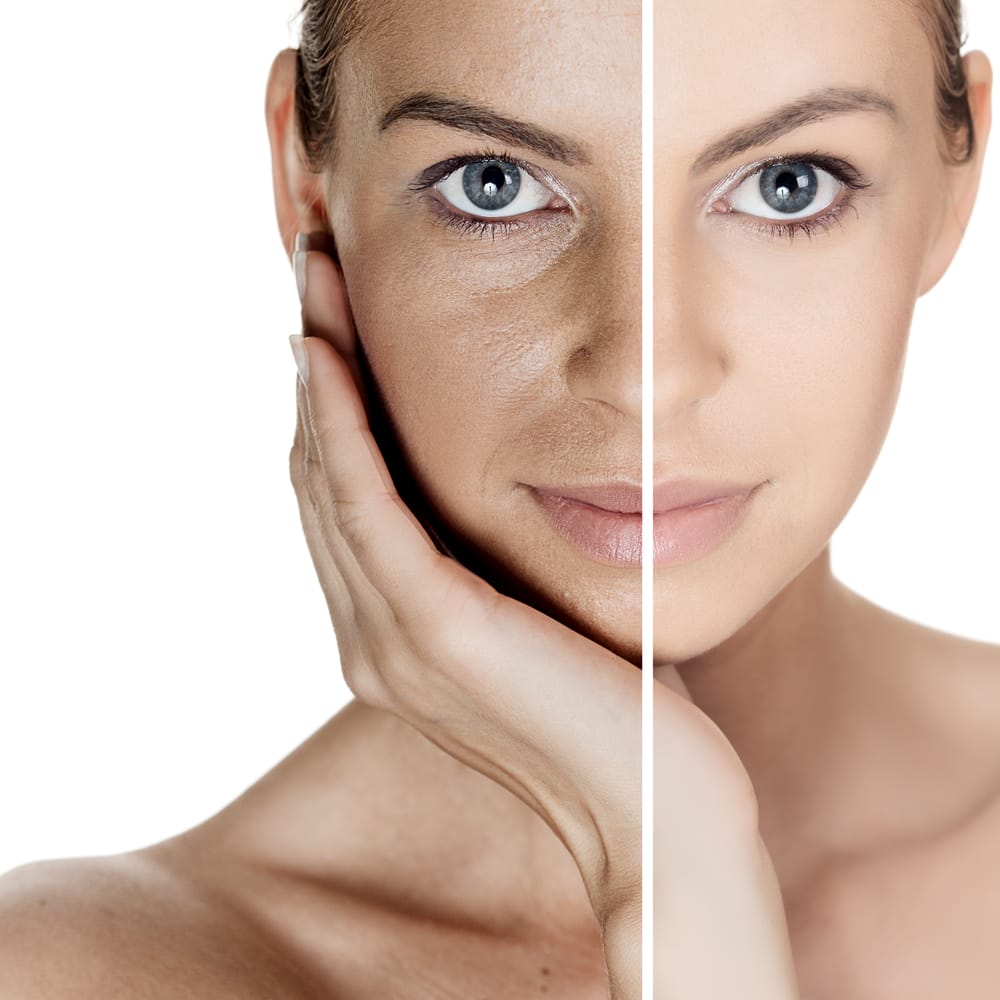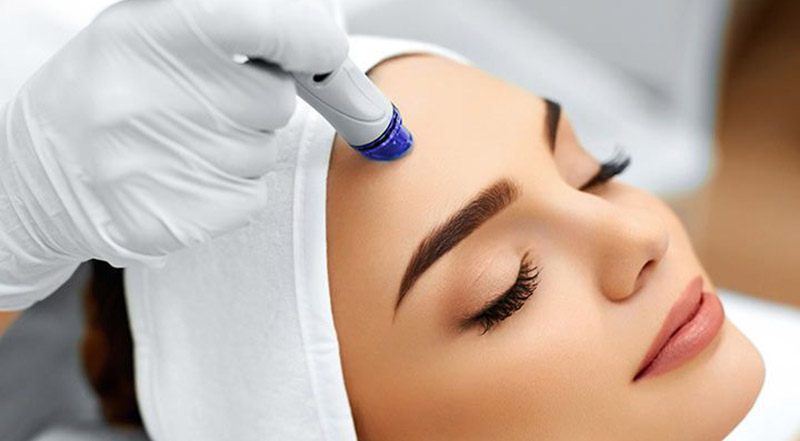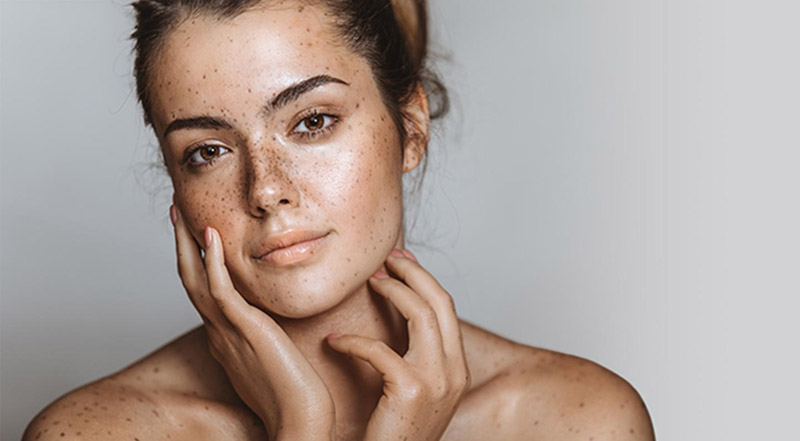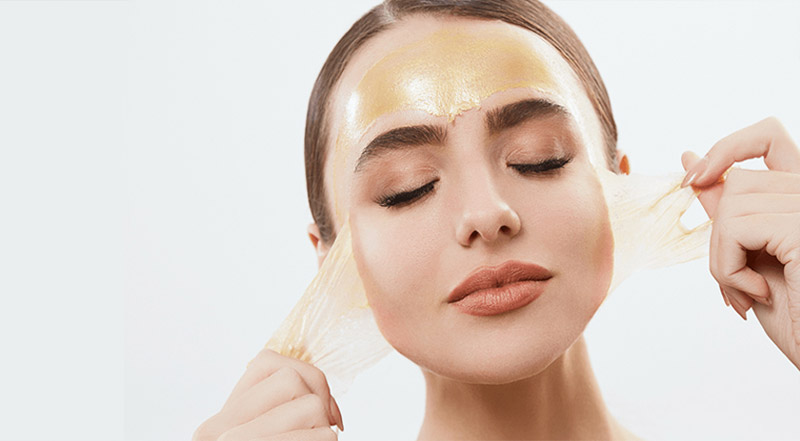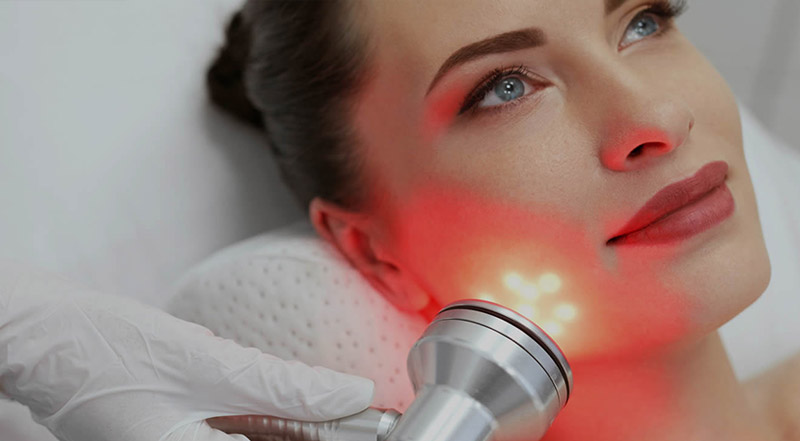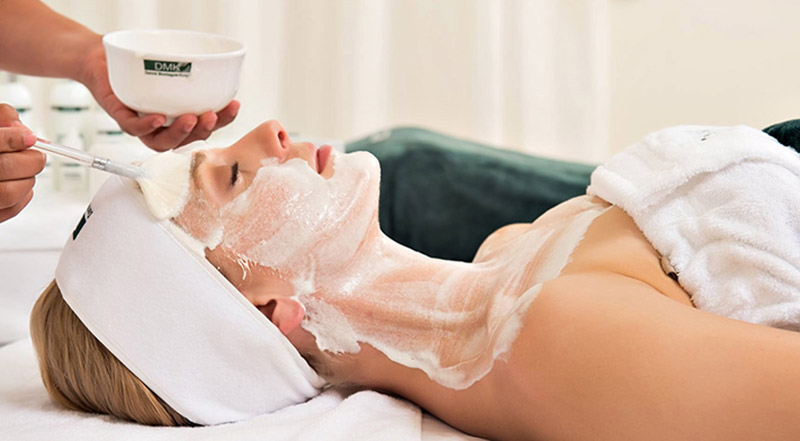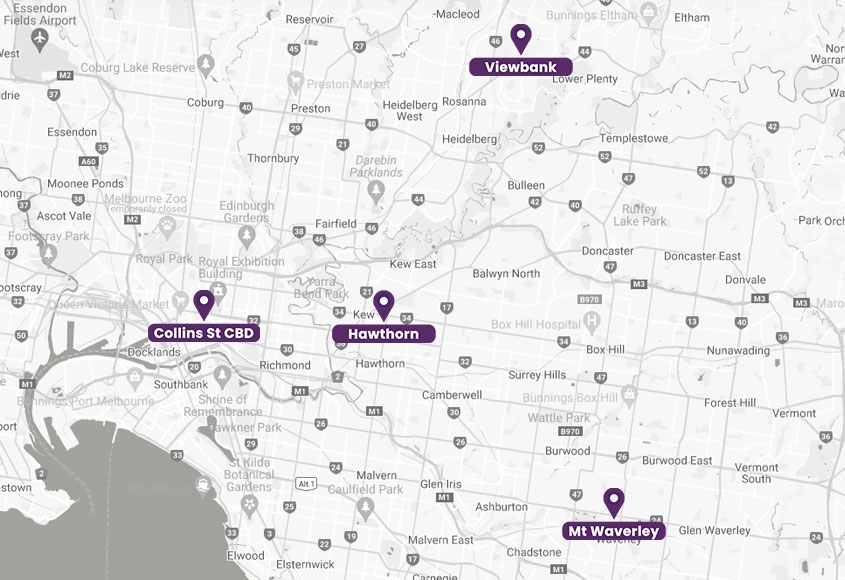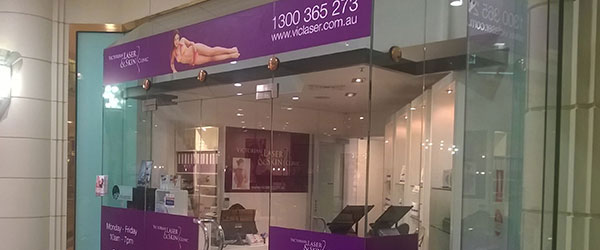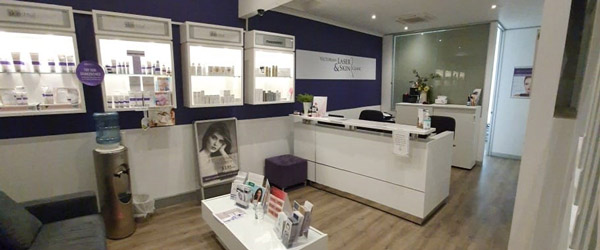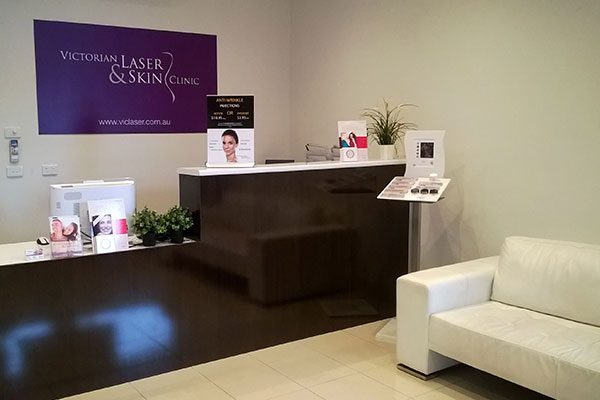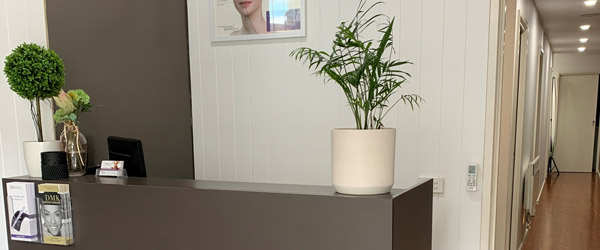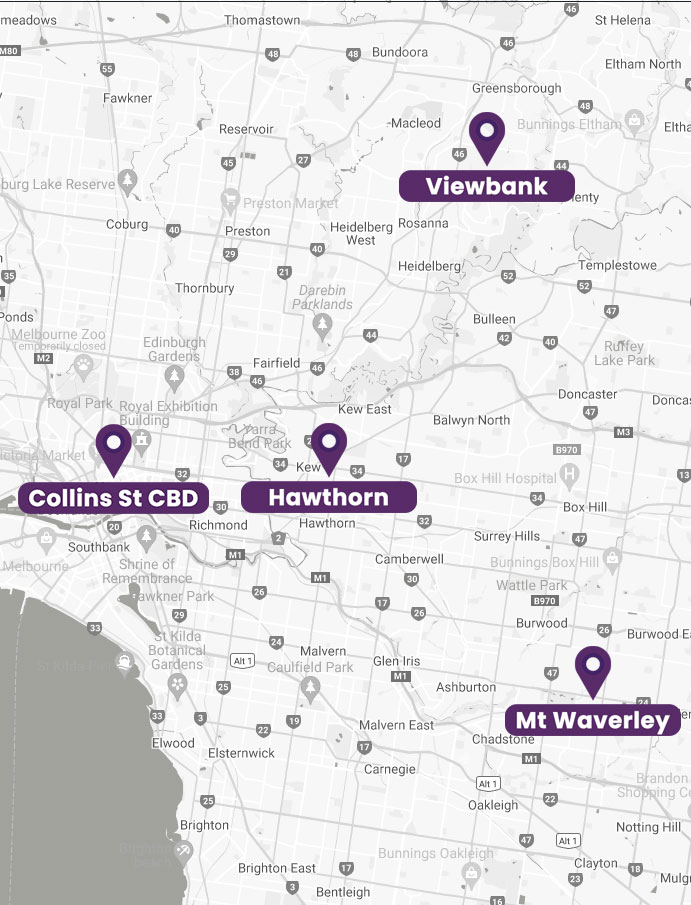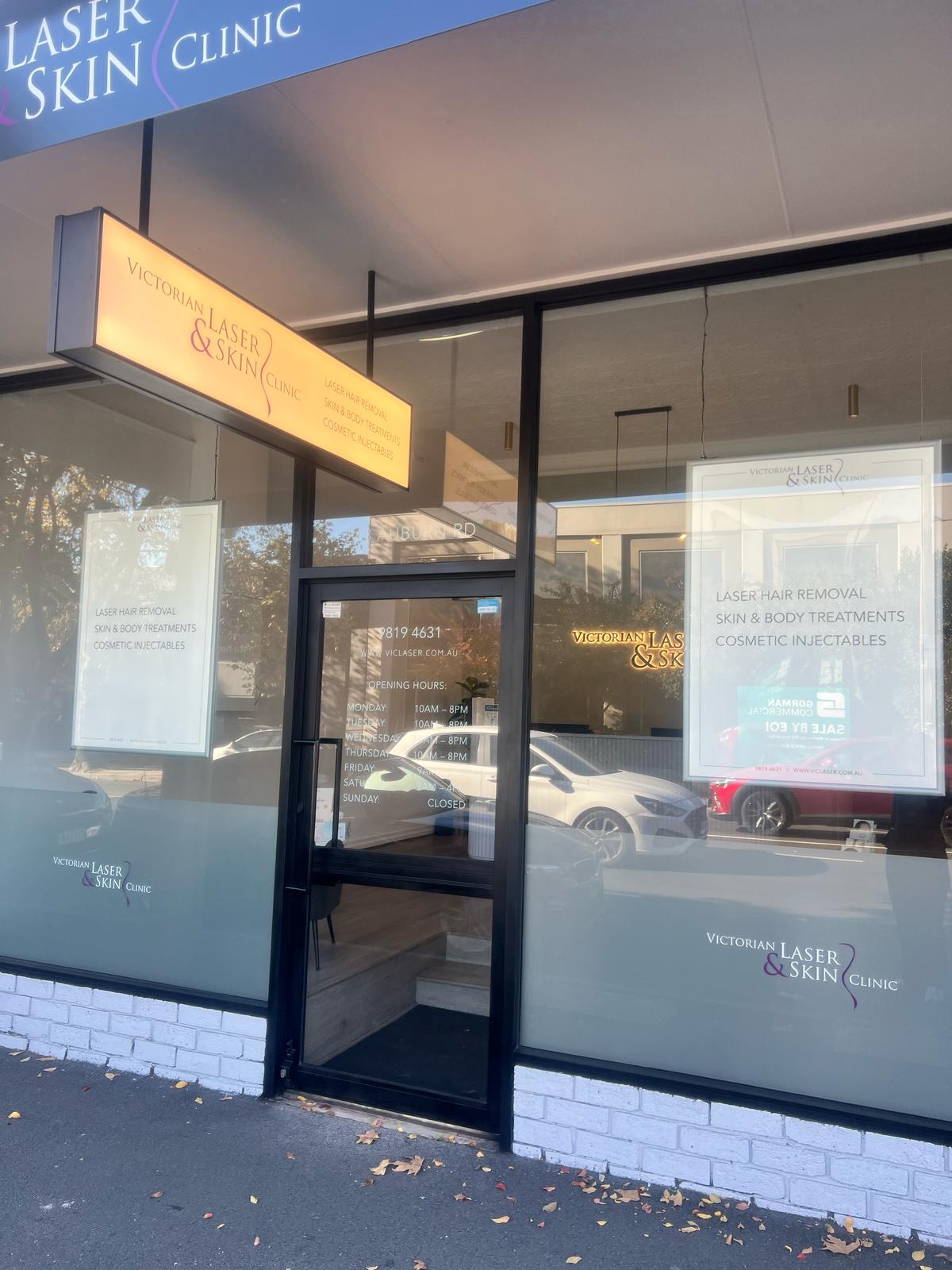Pigmentation
Causes + Solutions
Get in touch
*This site is protected by reCAPTCHA and the Google Privacy Policy and Terms of Service apply.
Signs and Symptoms
Pigmentation (also referred to as hyperpigmentation) refers to the darkening of the skin caused by increased melanin. It presents itself as freckles, AGE SPOTS (or sunspots), and areas of the skin with a generally darker colour.
Many pregnant and pre-menopausal women will also experience melasma, which is characterised by pigmented splotches – usually on the face.
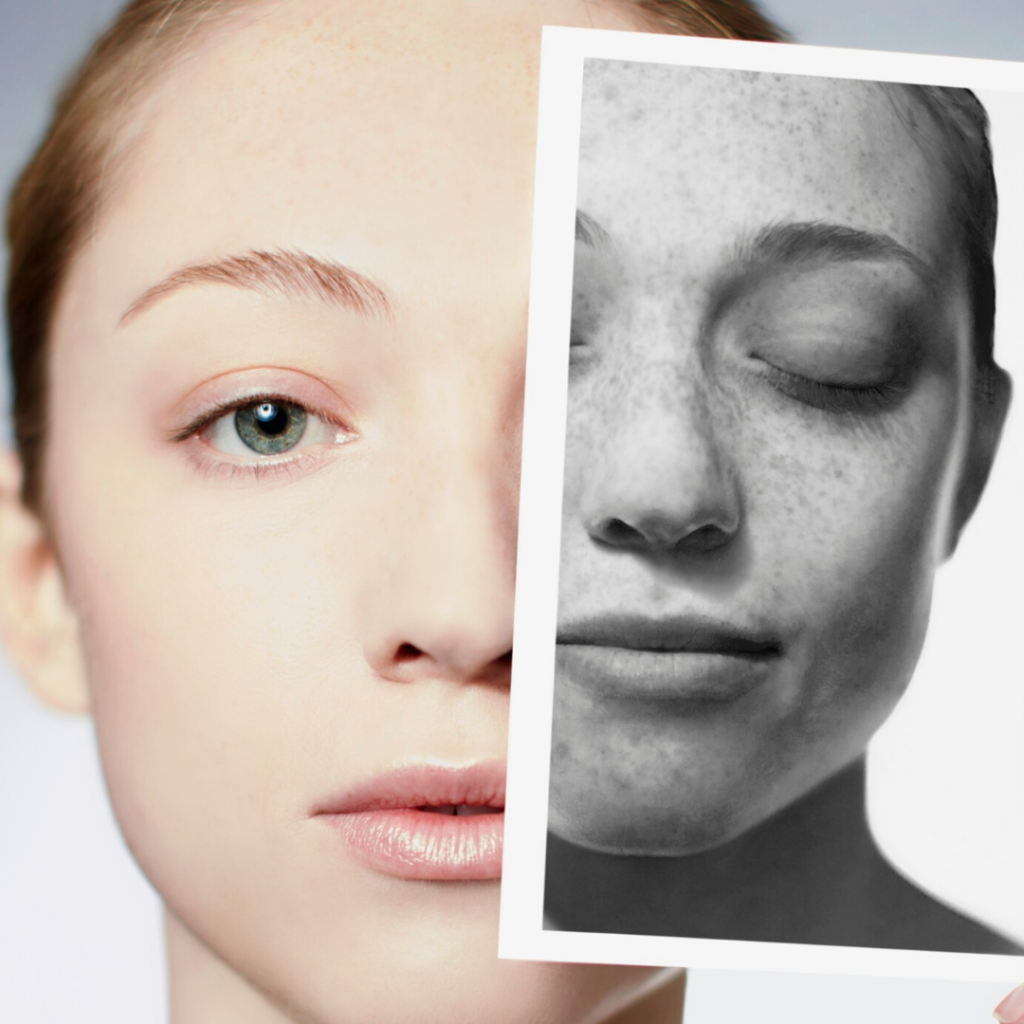
Causes
Pigementation and hyperpigmentation can occur anywhere on the body, but usually appears on the hands or face. Contributors include:
- Genetics
Some people are genetically predisposed to skin pigmentation. - Sun damage
Excessive unprotected exposure to the sun causes damage to the skin. This damage is characterised by freckles, sun spots and age spots. - Birthmarks
Birthmarks are areas of pigmented skin caused by an overgrowth of melanin-producing melanocytes. Birthmarks have no specific cause and can be categorised as a benign irregularity. - Skin trauma
Skin trauma or damage can cause areas of pigmentation to appear. - Hormones
Hormonal fluctuations, such as those experienced during pregnancy, can affect the skin quite significantly. - General ageing
The ageing process can often lead to age spots and general skin darkening.
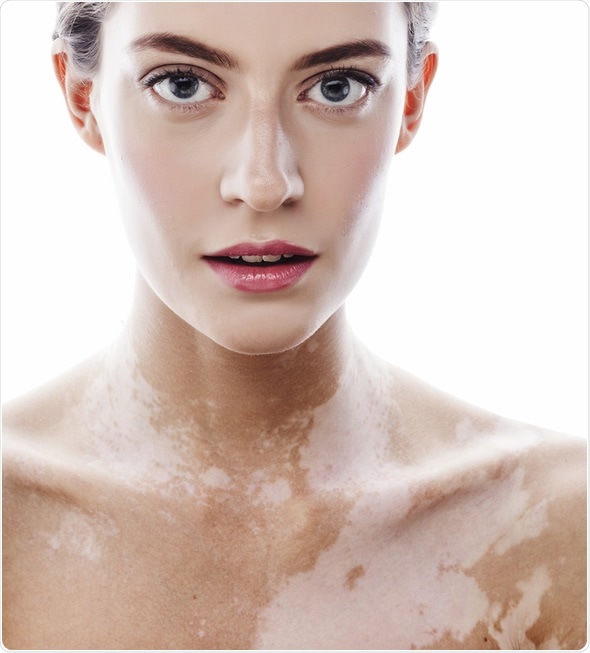
Types of Pigmentation
Age Spots
Age spots, also known as liver spots, are pigmented areas on the skin that range in colour from light brown to black. They vary in size and appear on any area of the body that has had high levels of sun exposure.
They are most common in adults over the age of 50, but can also occur on younger skin that has been particularly damaged. While they are not dangerous, many people opt to remove age spots for cosmetic reasons.
Age spots are caused by changes in the skin that alter its pigmentation. This pigmentation (melanin) is composed of enumelanin, pheomelanin and neuromelanin. Skin colour is dependent on these three elements and the amount of each that is present. Changes in the skin cause variations in the levels of melanin, resulting in the occurrence of age spots. But what causes these changes?
Freckles
A freckle is a small, round spot of medium-to-dark-brown colour on the skin. Unlike a mole, it is always flat – never raised. Freckles tend to darken in summer and lighten or completely vanish in winter, when skin is exposed to sunlight less often.
It is possible to safely remove freckles on the face and other areas with the use of intense pulsed light (IPL).
A freckle is an area of the skin with a higher concentration of melanin, or dark pigment. When UV rays hit your skin, its outer layer (epidermis) thickens slightly. This causes the pigment-producing cells (melanocytes), to produce more melanin, making your freckles darker. This is why freckles will usually appear in areas most often exposed to the sun, such as the arms and face.
Genetics play a role in how prone you are to developing freckles when exposed to UV light. Those with fairer features are more likely to develop them because these people have less melanin, which reflects and absorbs UV rays to protect the skin from sun damage..
Sun Spots
Sun spots are characterised by a noticeable change in skin colour as a result of excessive sun exposure. They range in colour from light-to-dark brown, or from light pink to red. Although for most people sun spots are entirely painless, some individuals will experience itching, pain and stinging when exposed to sunlight.
A large number of people seek sun spot removal in Melbourne because – with or without the accompanying pain – sun spots cause an uneven complexion that is often unsightly.
Sun spots are caused by the continual exposure of your skin to the sun for long periods over a number of years, without the use of appropriate protection. It’s important to remember that, whether the temperature is hot or not, UV rays can still be damaging. The damage caused by UV rays causes coloured spots to form – not immediately after sun exposure but often later in life, years after the unprotected exposure has ceased.
Sun spots do not occur alone, and usually appear in groups within one area. They are generally harmless but can, in some cases, develop into a type of skin cancer
